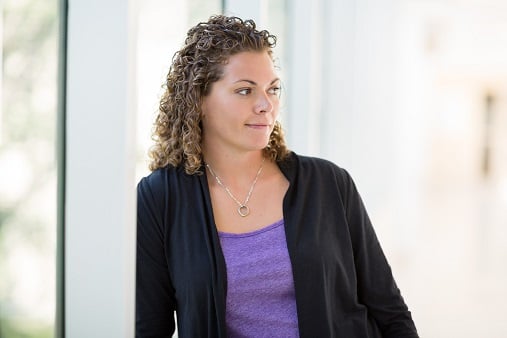Published on
Relationships = Retention: Embracing Non-Traditional Students on College Campuses (Part 1)

In addition to what we think of as the “typical” college student, there are students who have returned to school after participating in the workforce or attending to family. Some of these students had rocky starts to their education when they were younger, and some never completed their high school diploma. There are those who are slowly and steadily working toward a degree one class at a time, and others are stepping in and out of their educations or swirling between institutions as they negotiate other responsibilities.[1] Perhaps because of this added life experience of juggling responsibilities, adult students often come to campus with strong goals in mind and an appreciation for how a certificate or degree can help them achieve their broader goals.[2] Along with strengths born of “real world” experience, these students may also bring challenges or even scars from their unsuccessful high school attempts.
Students leave high school for all sorts of reasons. Some struggled academically; others suffered in a negative social climate; and for others family responsibilities or hardships required their attention to the detriment of school.[3] Many of these students re-engaged with their education during their high school years through alternative schools, credit recovery, or programs like those hosted by my organization, Gateway to College National Network, that allow people to complete their high school diplomas through dual credit programs on college campuses. When re-engagement during high school is not an option, others return to school as adults, often after spending time in the workforce.
In a small study of about 200 Gateway to College students who left the program before earning their high school diploma, over half re-engaged with education and their educational paths took multiple routes.[4] Some students earned their diploma, then a certificate, and then enrolled in a four-year institution. Others earned a GED, took a break, and then jumped into an Associate’s program. The list of possible variations to re-engagement goes on. Recognizing that these multiple pathways through higher education exist makes it easier to anticipate the unique needs of these students. For example, adults heading back to school after a long period of disengagement are likely to have rusty academic skills and may need additional support to refresh their skills and knowledge or fill in any gaps they may have.
For those without the benefit of previous success in academic settings, extra assistance in negotiating the steps to certificate and degree completion may be necessary. Regardless of whether they choose full time schedules if they are working and or parenting while pursuing their education, they will not have time to linger on campus.
This is the first installment of a two-part series by Devora Shamah on how institutions can better-serve non-traditional students returning to higher education after stopping out of high school. In the second installment, Shamah discusses some strategies that are particularly effective in supporting the retention and academic success of these learners.
– – – –
References
[1] McCormick, A. C. (2003). Swirling and Double-Dipping: New Patterns of Student Attendance and Their Implications for Higher Education. New Directions for Higher Education, (121), 13.
Author Perspective: Business



